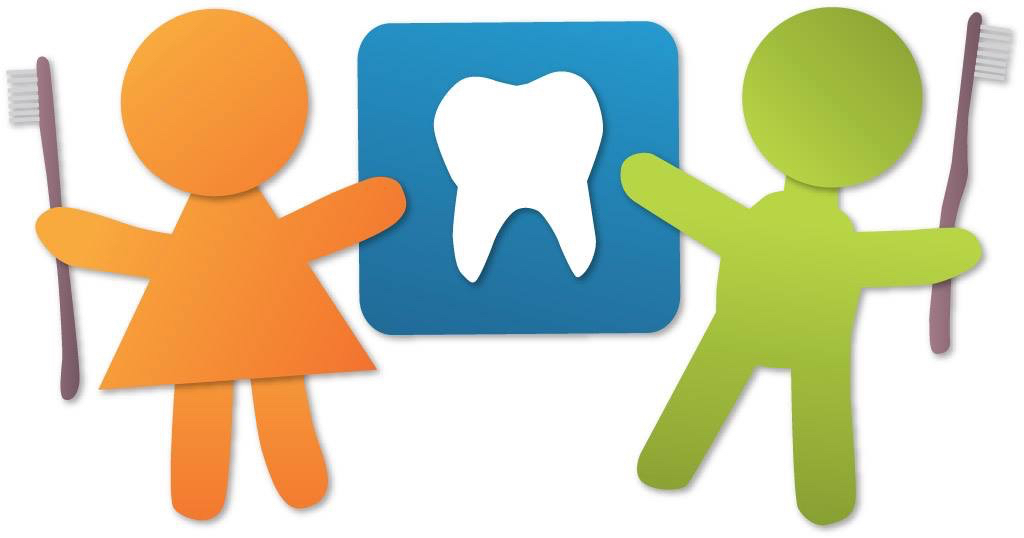When should my child start using dental floss?
As soon as you notice that your baby's front teeth have come in and that there are no gaps between them, you should start to floss in between these teeth to prevent cavities from forming on the sides of your toddler's new teeth. In other words as early as 6 months when your child's teeth come into contact with one another or appear crowded, you should start flossing as a regular part of your child's dental care. Brushing only removes the plaque on the tops and sides of your child's teeth, not between his/her teeth. The teeth that need flossing the most are the back molars.
Cavities can form in between teeth, and are called "interproximal cavities." When the cavities are still small, the only way to detect them are with dental x-rays. By the time these cavities are visible to the naked eye in your child's mouth, the cavities are large. Treatment may require more than just a regular filling - possibly a baby root canal and/or stainless steel crown.
There are many dental aids available to use for flossing your child's teeth. Besides the regular floss, there are a variety of manual and electric flossers designed to make flossing easier and fun. There is no one perfect flosser, just find one that works best for you and your child. Make flossing fun and part of your daily family routine every night!
Doctor Wang, Doctor Perea-Corkish, Doctor Gerodias and the other Doctors of Discovery Pediatric Dentistry make no warranties, expressed or implied, as to any results to be obtained from use of the information on this page. We cannot diagnose or treat patients over the Internet. Information on this site is for educational purposes only. You should not rely on this information as a substitute for personal, medical, and/or dental attention or diagnosis. Without all available information about a patient, it is impossible to make a diagnosis. Help and answers are in the form of general ideas. Only you, your dentist, and other necessary and qualified health care providers can make an appropriate treatment decision in an emergency or for everyday care and dental treatment.
